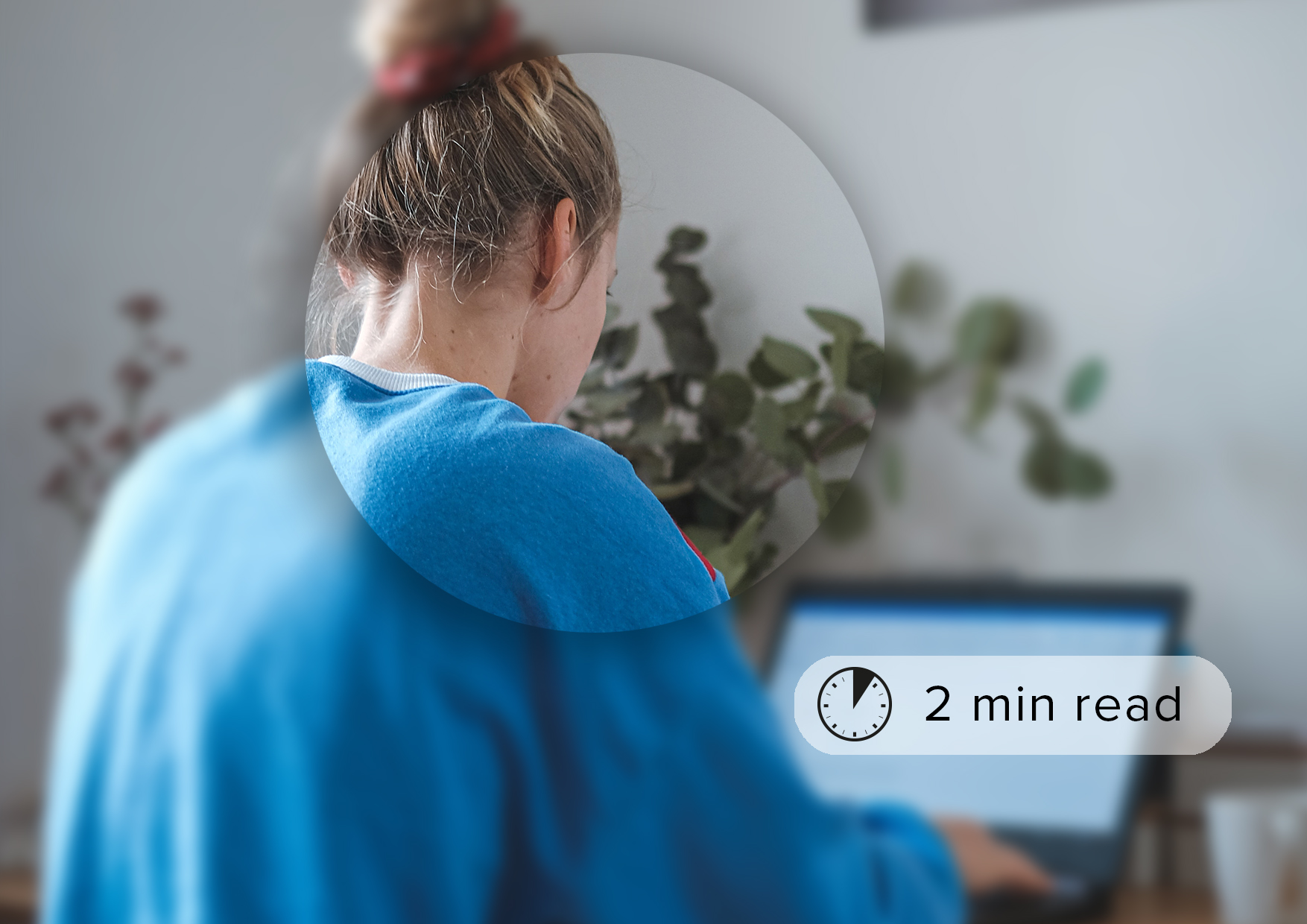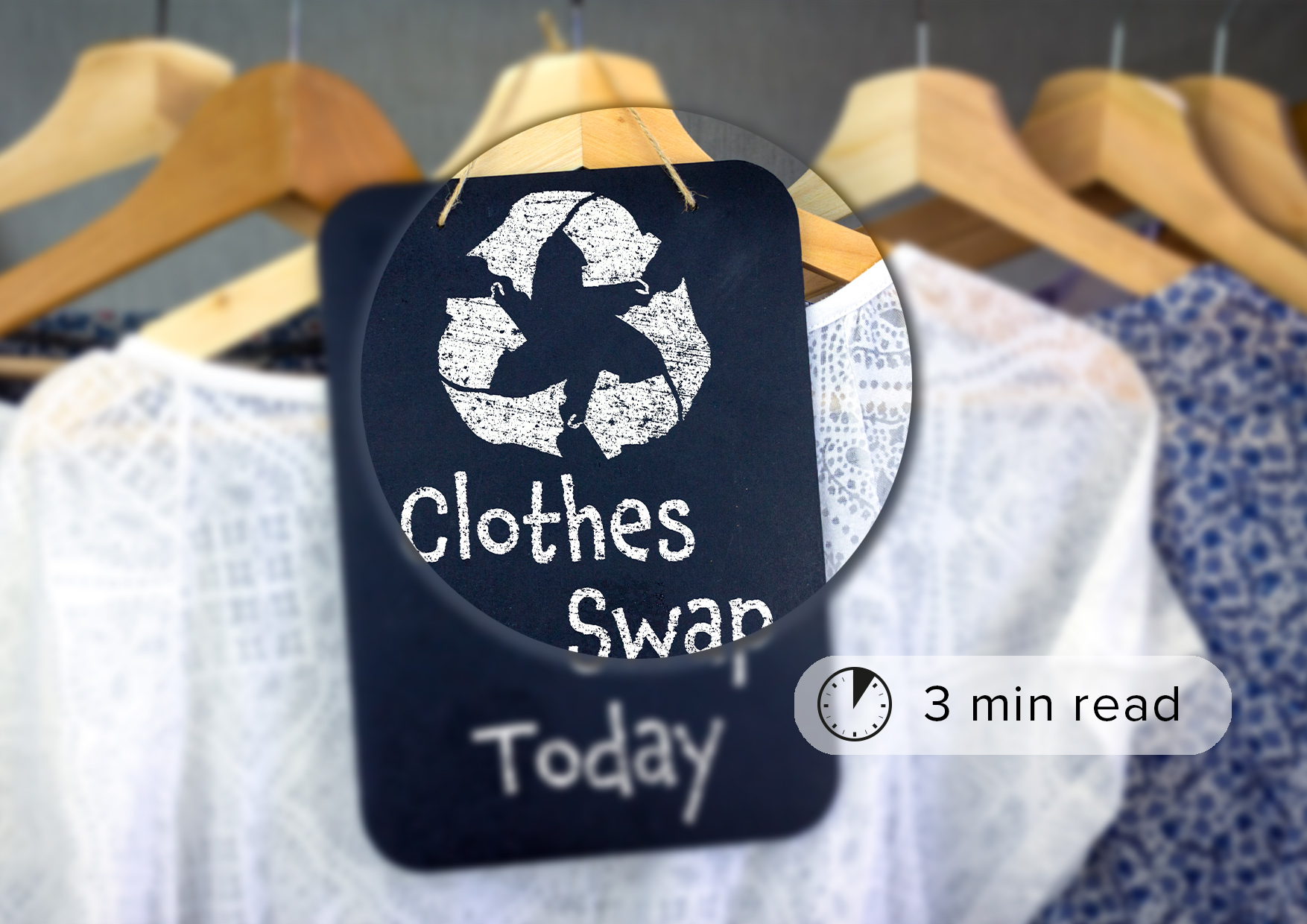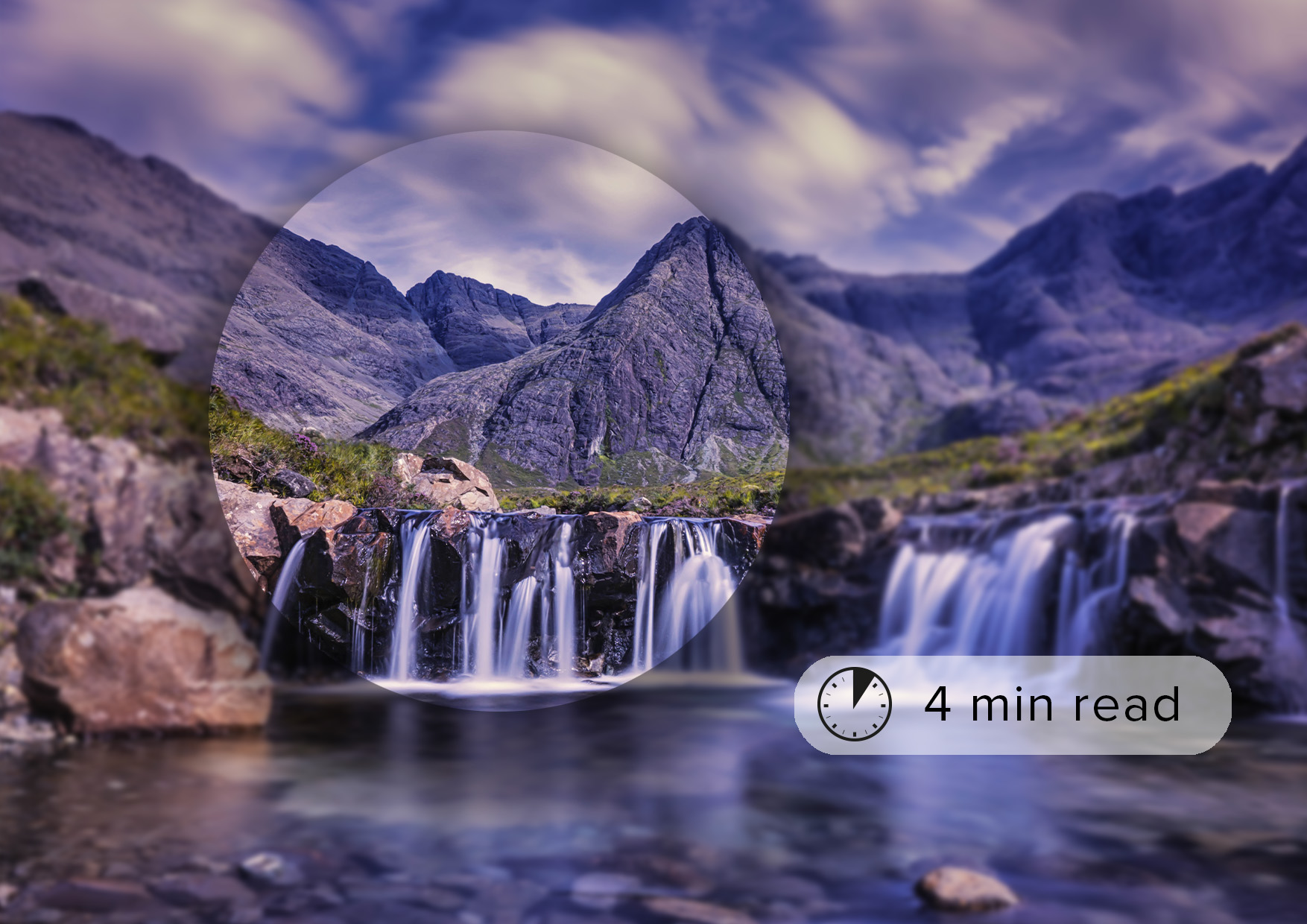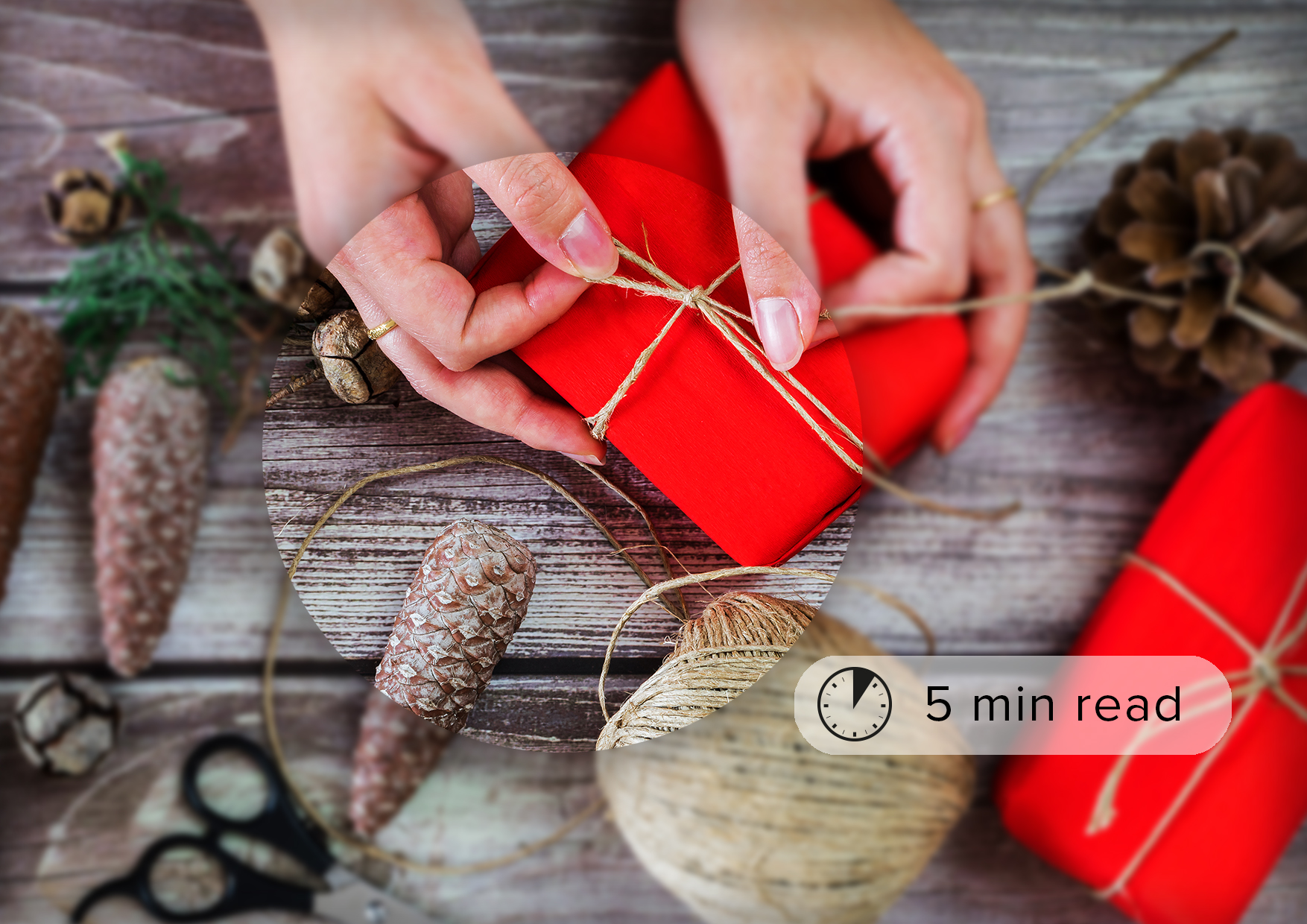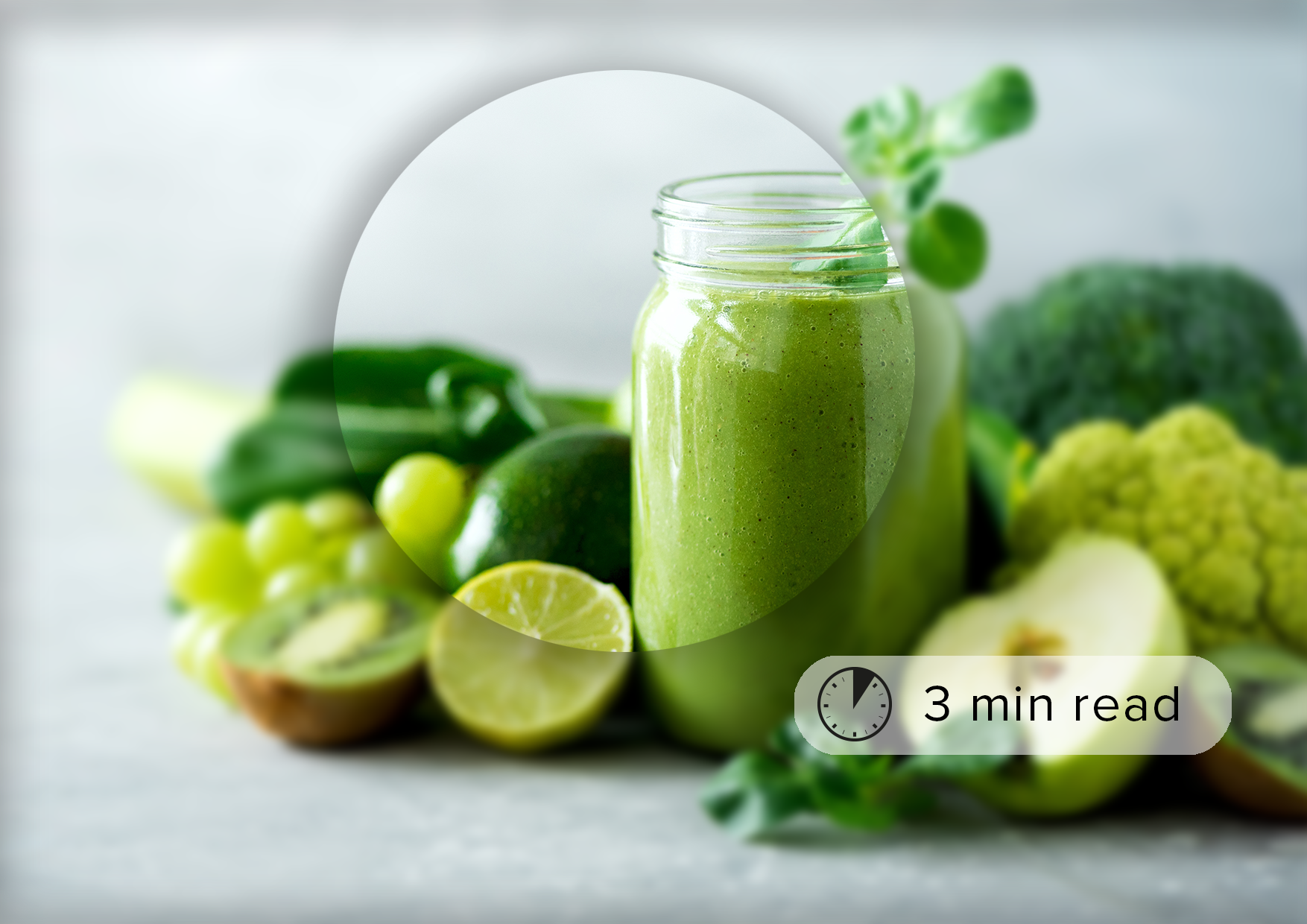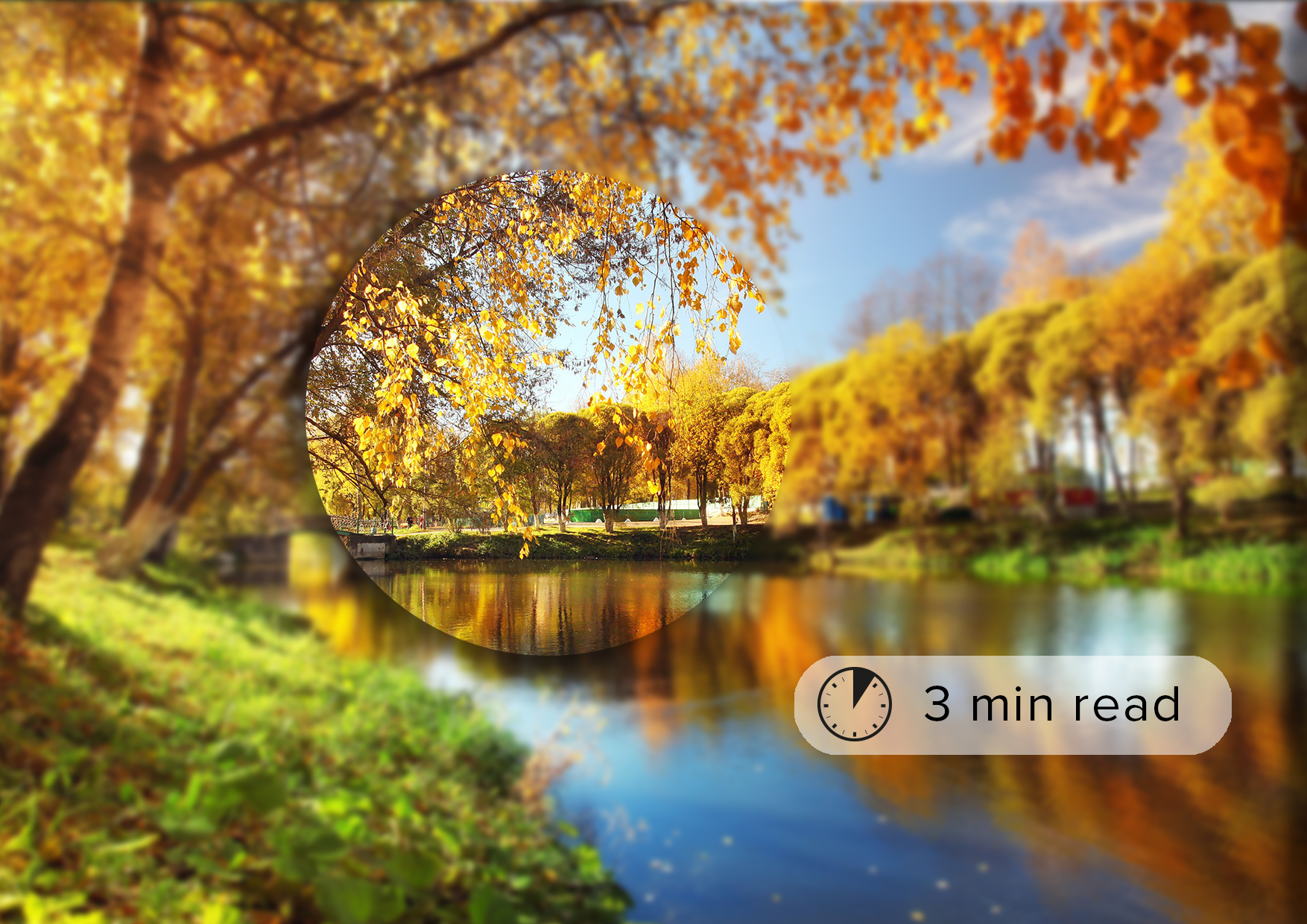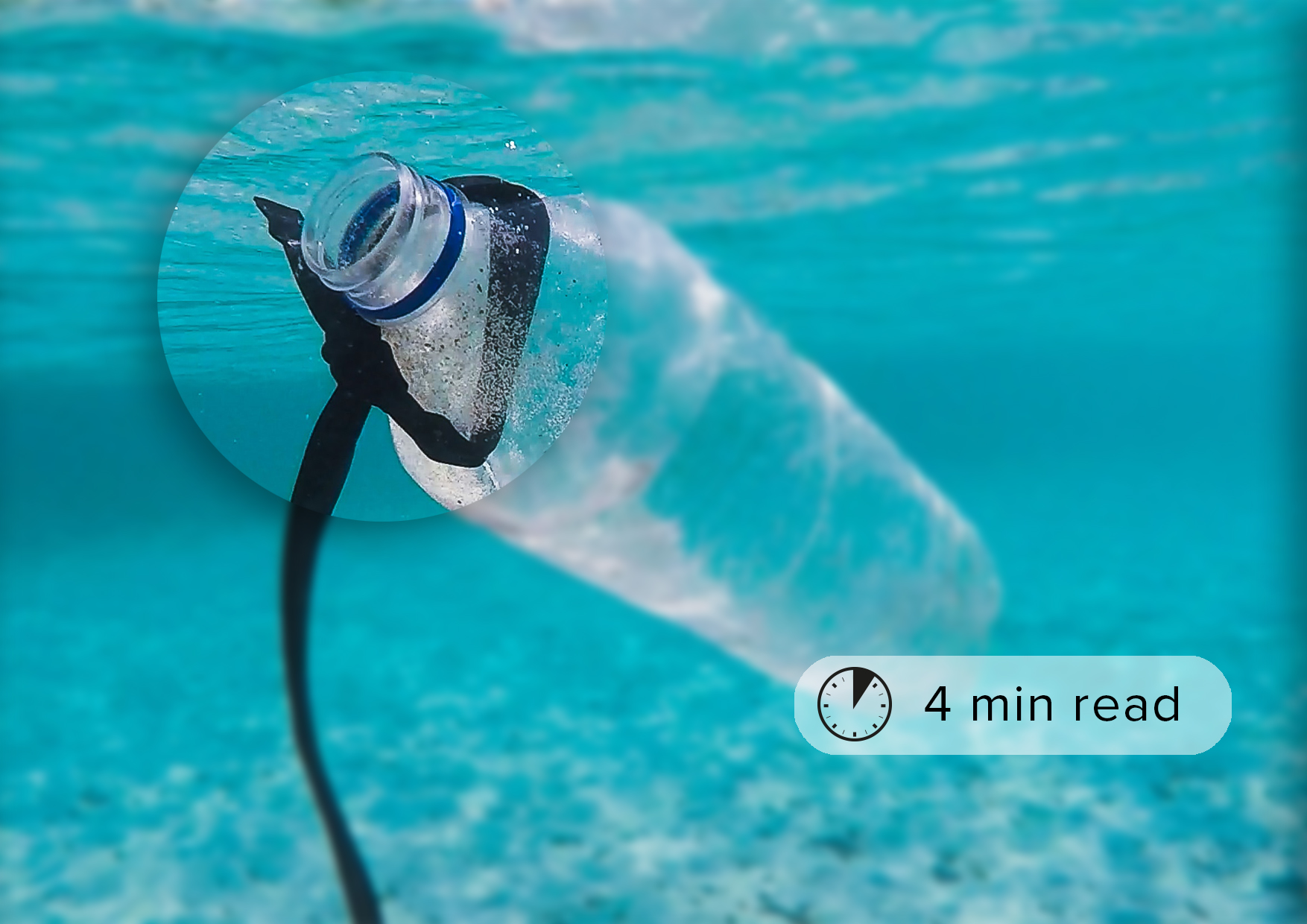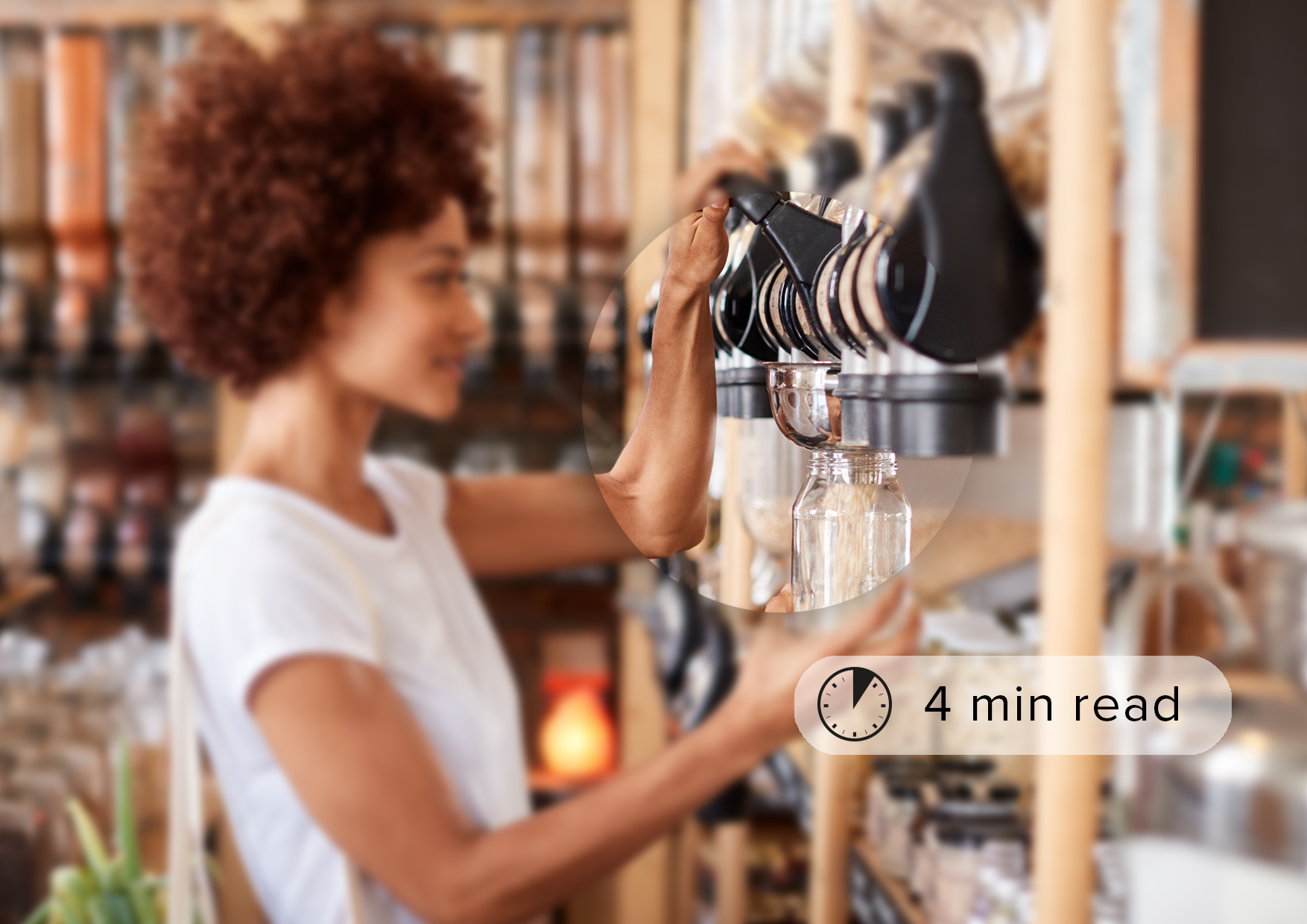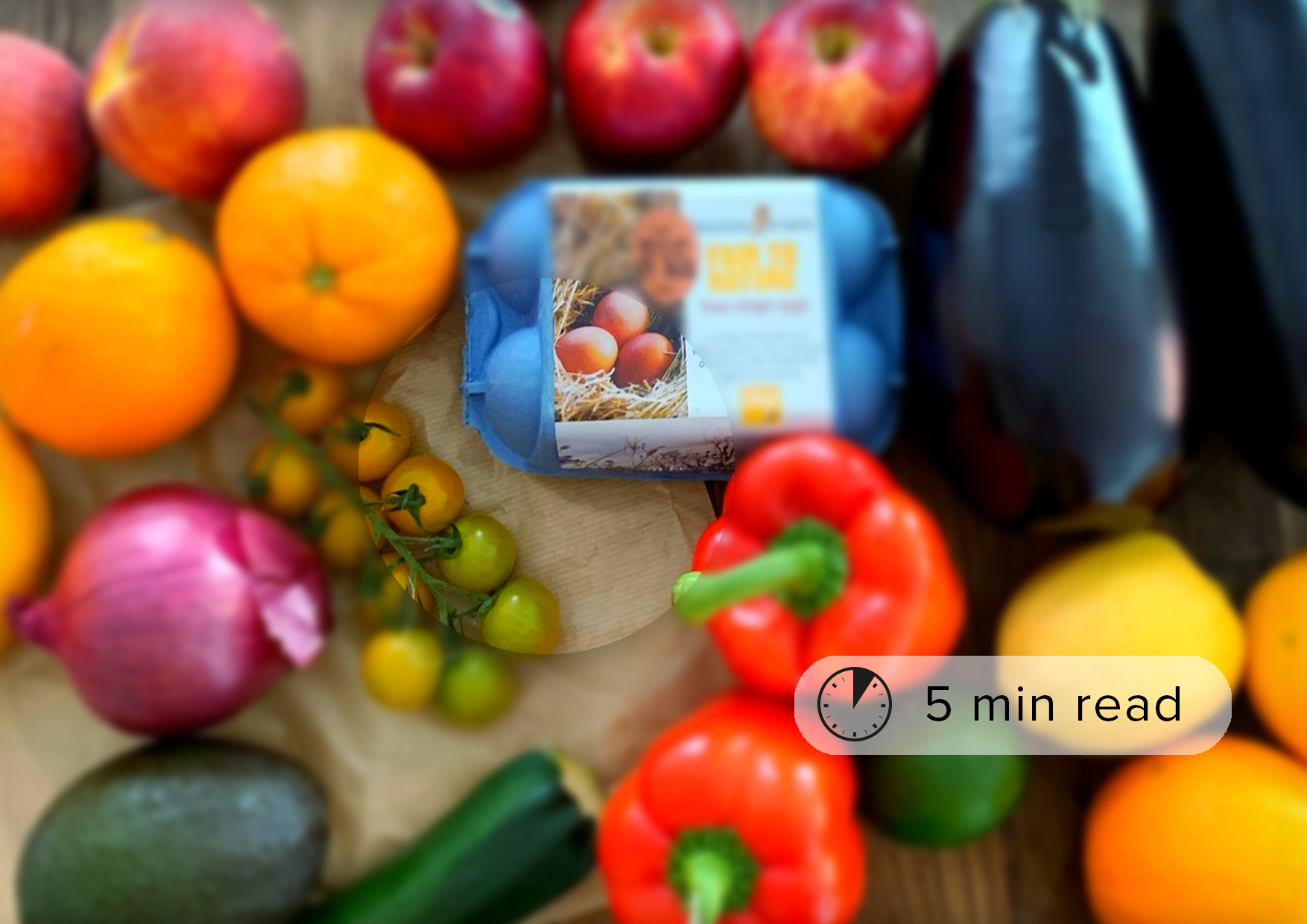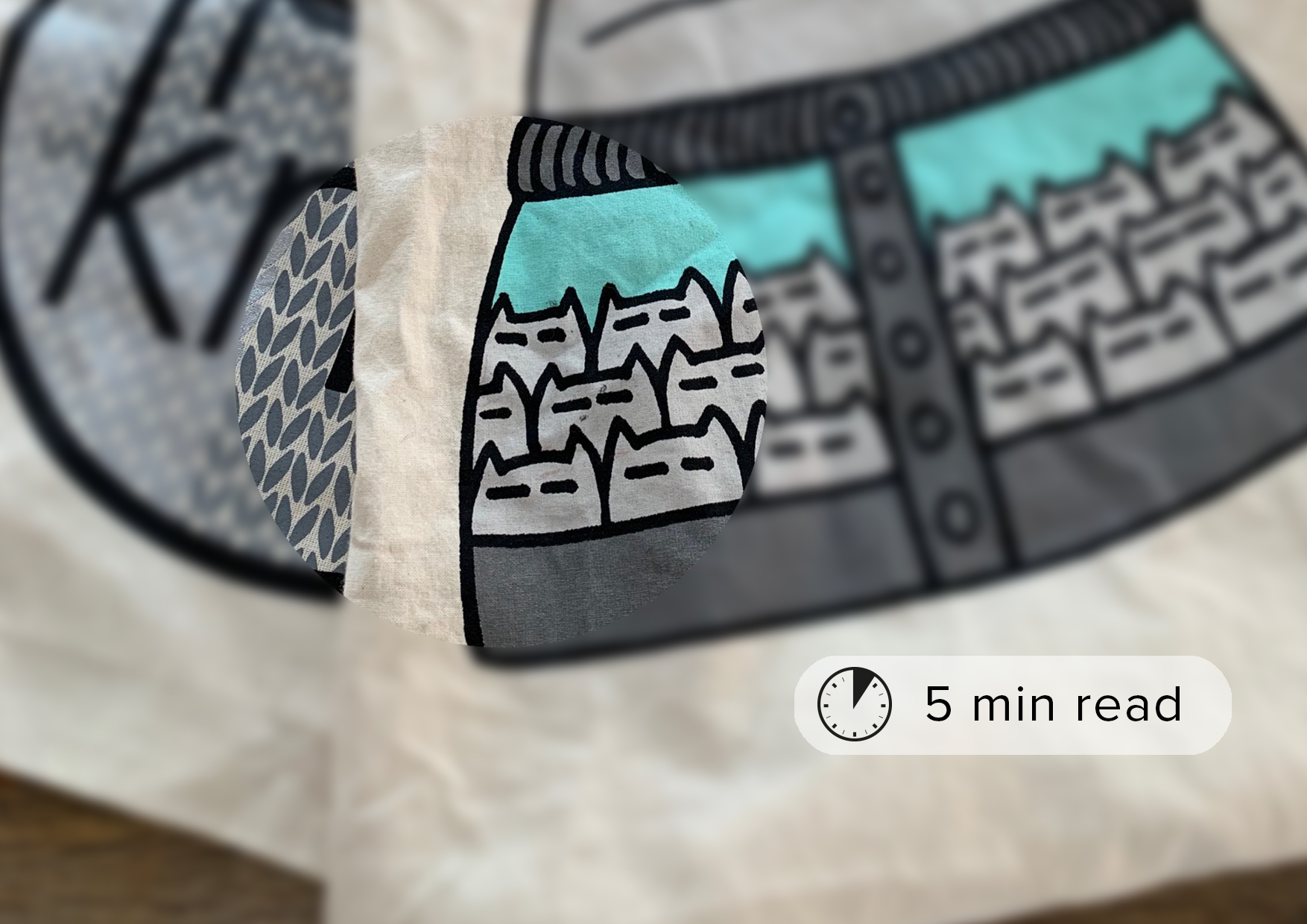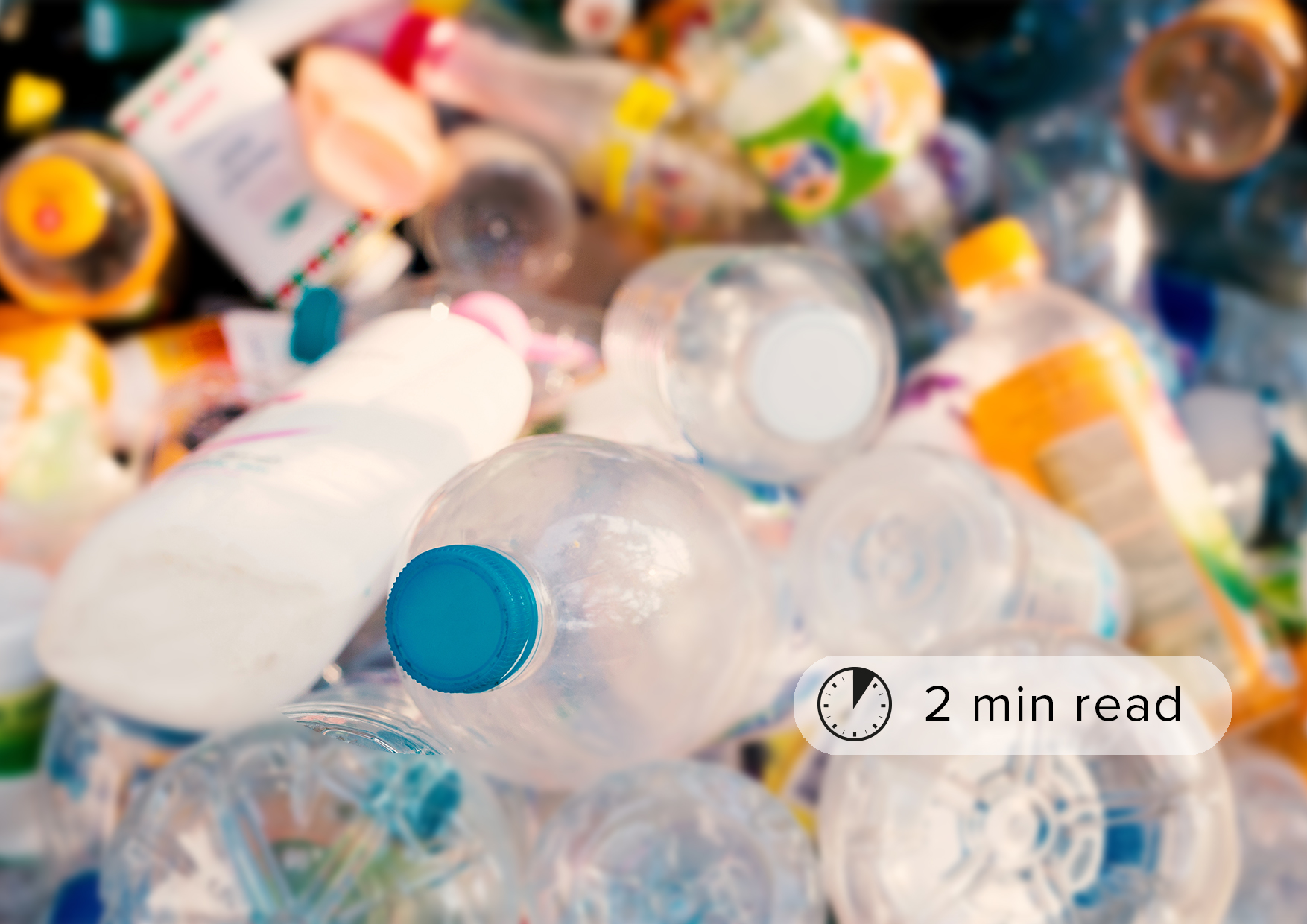How to save energy and money this winter
Many of us are continuing to work from home in these early days of 2021, and with January traditionally being a month when every penny is pinched, it makes sense to look for savings wherever we can.
Big Energy Saving Winter are encouraging all of us to ‘Check. Switch. Save.’ Saving energy is kind to your wallet and ultimately can be good for the planet, so here are some top tips on how you can save some precious extra cash while working from home.
Check
If you were commuting to work before the move to working from home, you may be saving money by not having to travel into the office every day. But you don’t want all of those savings to be eaten away by increased energy bills, so it’s definitely worth checking if you’re getting the best deal on your household bills.
Thankfully, it’s really quick and easy to check. We’re big fans of Martin Lewis and his Money Saving Expert website. On the site you can compare the best deals, and there’s also their Cheap Energy Club which gives you the option to “automatically compare and switch” tariffs based on what you’re looking for. Citizen’s Advice also have a similar comparison tool which you can use here.
As well as comparing the best deals around, it’s also worth checking whether you’re entitled to any support, grants or discounts. Every little bit of help can go a long way, so take a look here to see whether you’re eligible.
Switch
If you’ve found a better deal than the one you’re currently on, great! Switching supplier is really simple and you can usually do it all online. I switched energy supplier just before Christmas and have promised myself I’ll put the money I’m saving into a separate bank account to put towards something nice when restrictions are eased, because I think we need a treat at the end of all this, right?
Save
As well as saving your hard-earned cash, saving energy is also good for the planet. Using less energy in your home can reduce your carbon footprint as well as reducing bills, so everyone wins! Speaking of winning, here are some quick wins to help you bring down the cost of your energy bills:
- Keep cool – dropping your thermostat down by one degree could save you £60 a year!
- Draught-proofing your windows and doors can save £25.
- Switch on to energy-efficient LED bulbs and you could save about £40 a year.
Check out the Big Energy Saving website for more tips on how to save. There are also Government schemes, like the Green Homes Grant, to help you with the cost of making your home more energy efficient. Check out the Government website for details of what’s available where you are and let the saving start!

